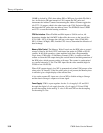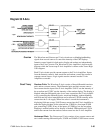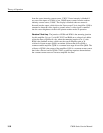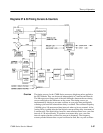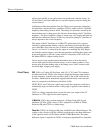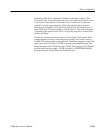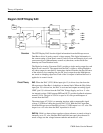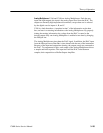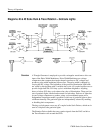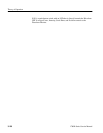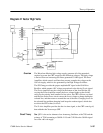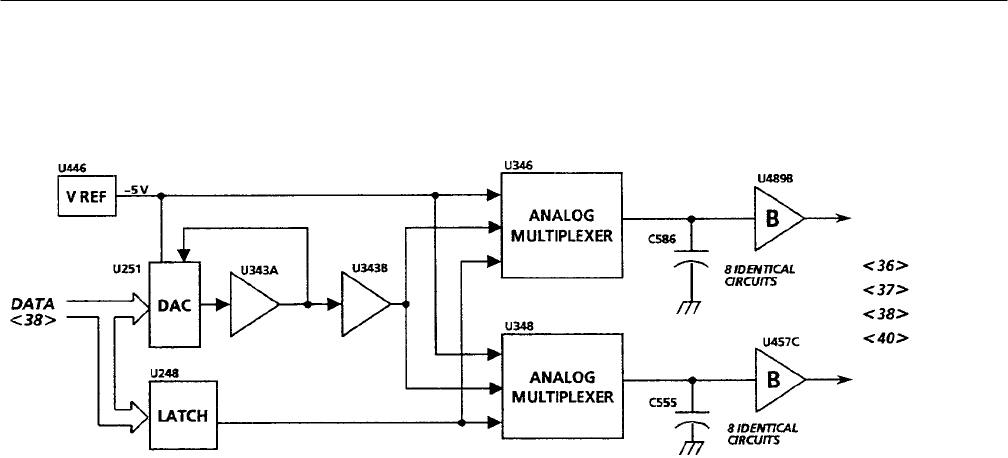
Theory of Operation
3–102
1780R-Series Service Manual
Diagram 39 CRT Display DAC
The CRT Display DAC decodes digital information from the Microprocessor
Data Bus to drive 16 analog control voltage outputs. This digital information is
the current setting of front-panel controls, such as Focus and Intensity levels, and
some menu driven (Measurements control set) functions, such as Read Out
Intensity and Trace Rotation levels.
The Digital-to-Analog Converter (DAC) provides a single analog output for each
digital word it receives. The output from the DAC is input to Analog Multiplex-
ers whose output is controlled by instructions latched from the data bus. Because
of the relatively low sampling rate, the DC levels output from the Multiplexers
are stored on sampling capacitors. Each of the 16 outputs is buffered before it is
applied to its control circuit.
DAC. When the DAC (U251) Write input (pin 13) is driven low, data from the
Microprocessor Data Bus is loaded into an internal latch. When the Chip Select
input (pin 12) is driven low, the DAC is activated and outputs an analog signal.
VREF (pin 15) is driven from the DAC Ref Voltage Supply, and is at –5 volts.
An internal resistor (10K) between RFB and OUT1 provides feedback resistance
around U343A. The gain of U343A is equal to 10 volts per milliampere of
current from the DAC.
The minus input of U343A is a summing junction, with no measurable signal
voltage. U343B level shifts the signal from U343A. With the DAC input data
(from the Microprocessor Data Bus) all zeros, U343B output is at –4.5 volts. The
output is at +4.5 volts when the DAC input data is all ones.
DAC Ref. U446 is a shunt voltage regulator, whose reference-to-anode voltage is
internally set to 2.5 volts. Because R443 and R444 are equal, the reference-to-
anode voltage sets the voltage between cathode and anode to 5 volts.
Overview
Circuit Theory



